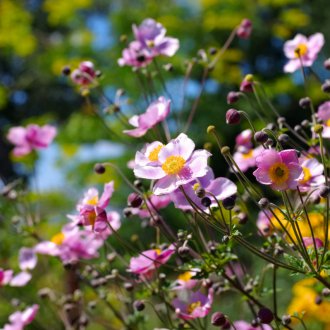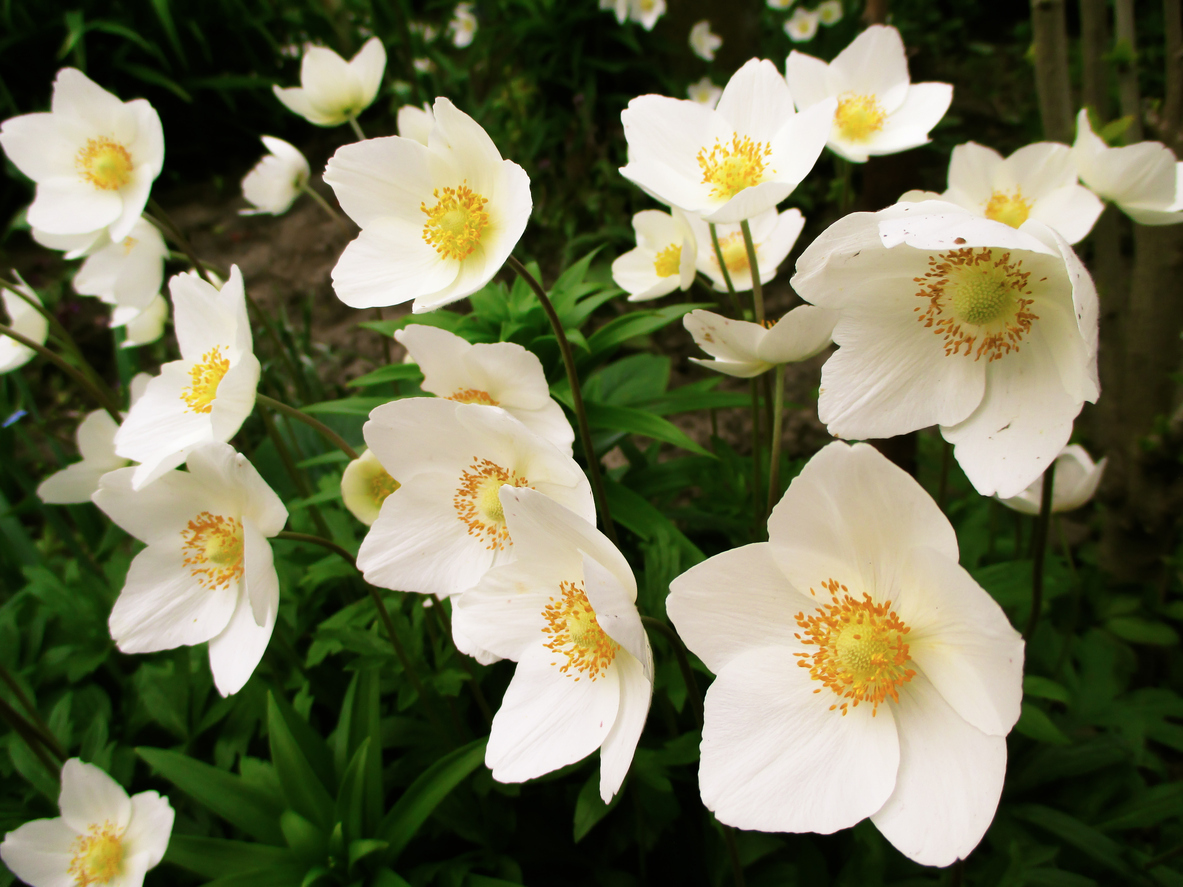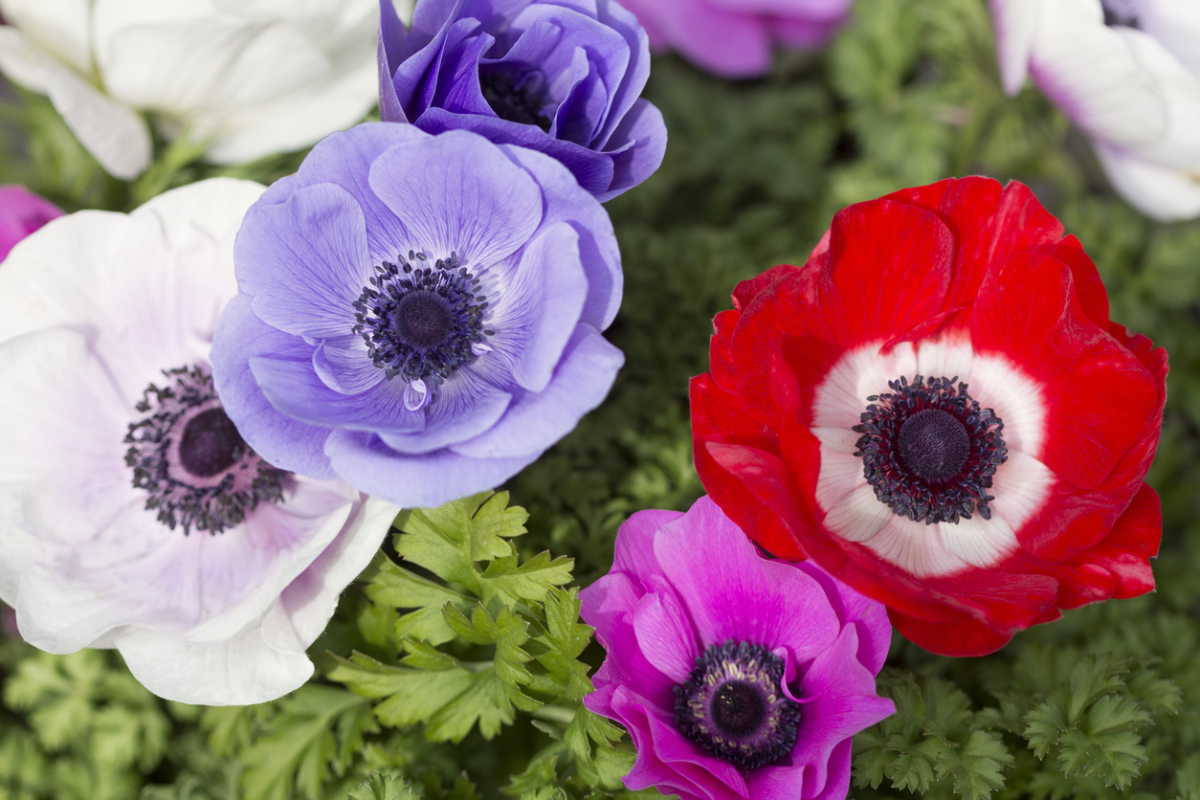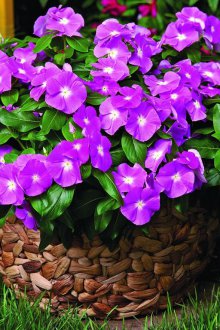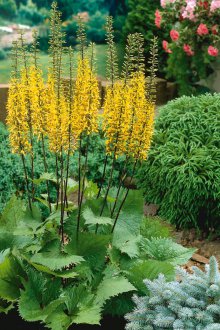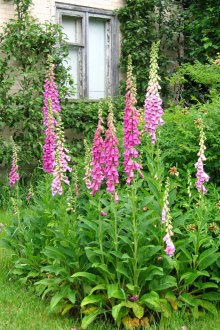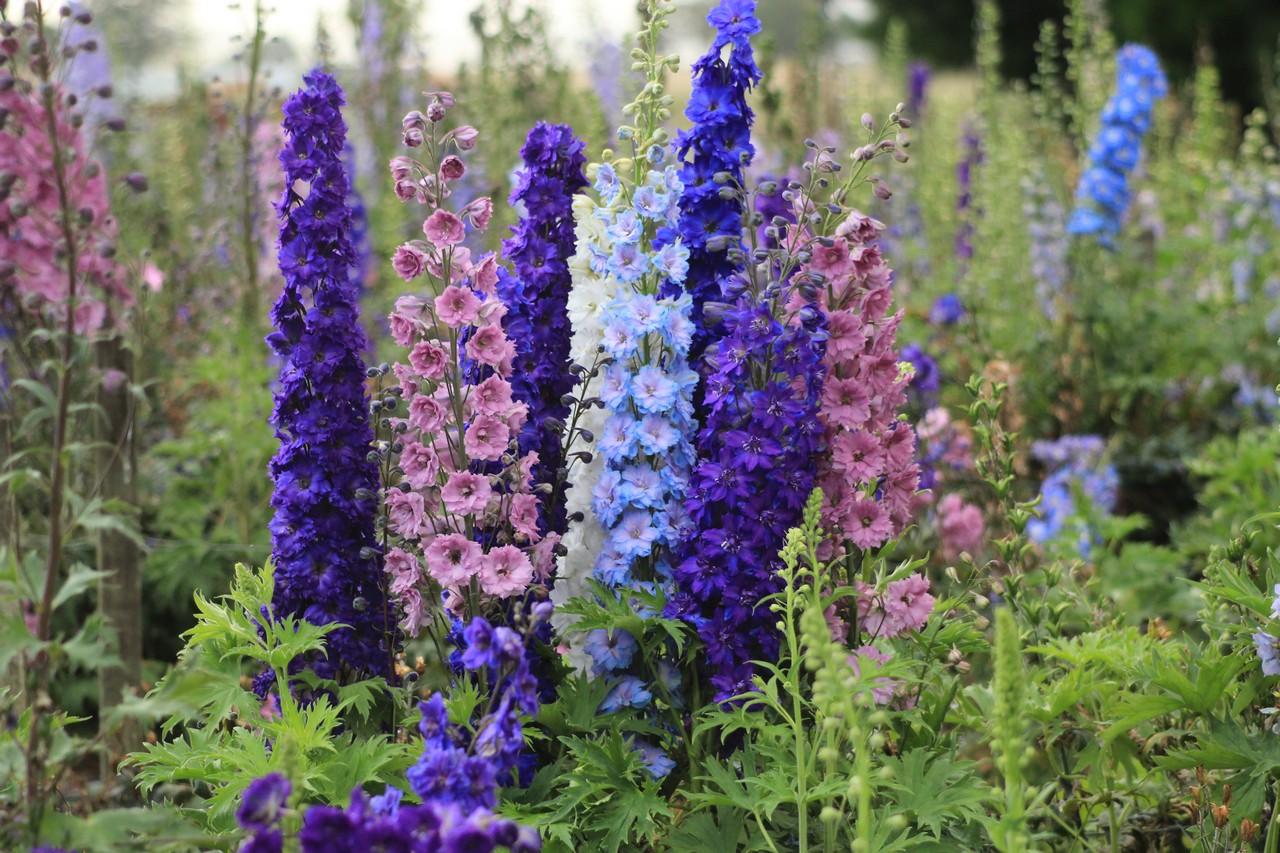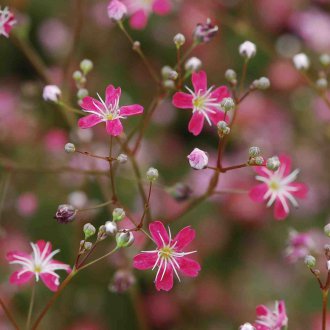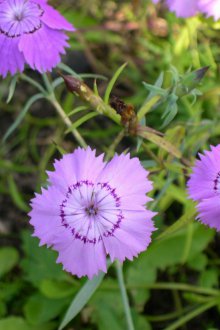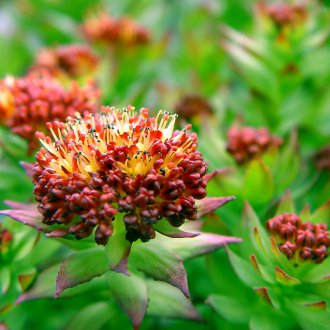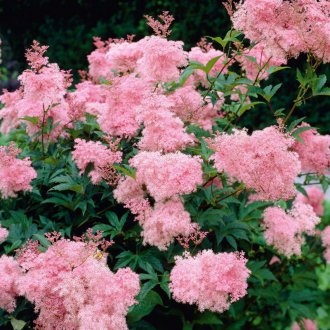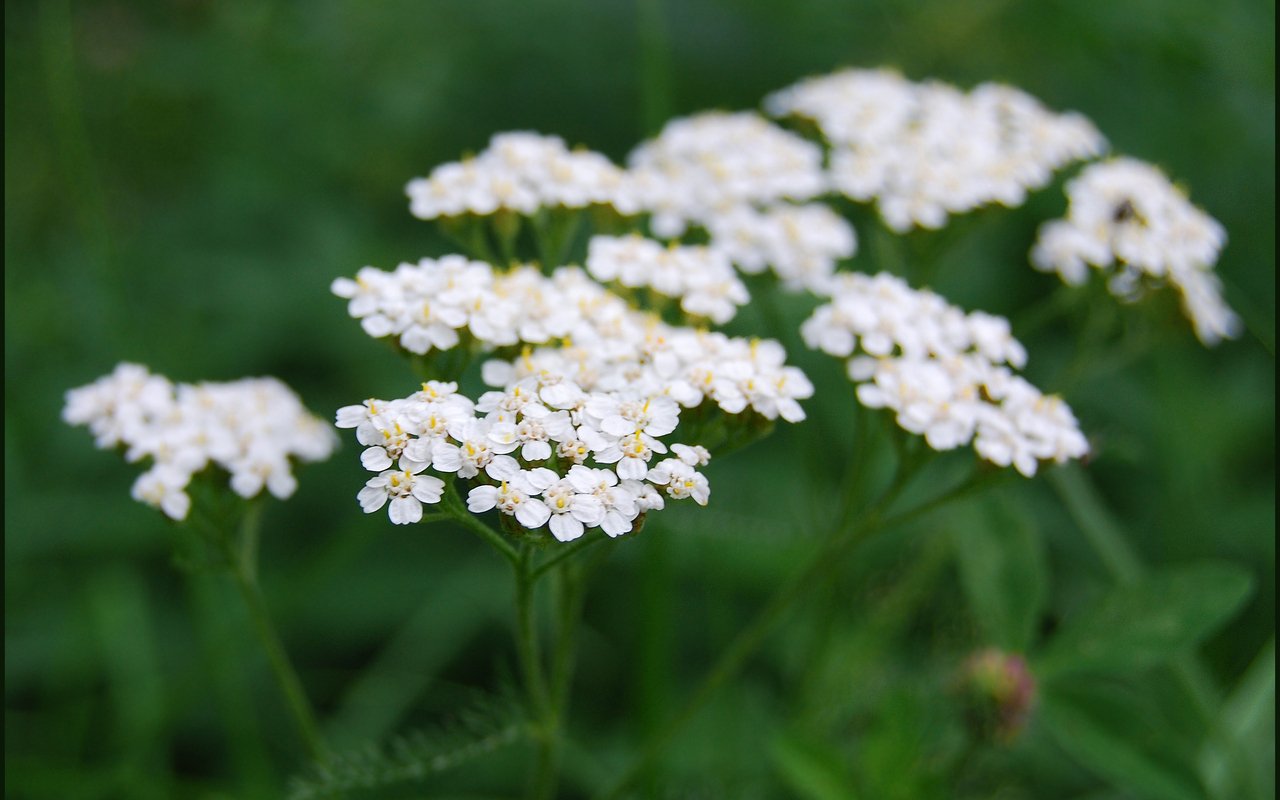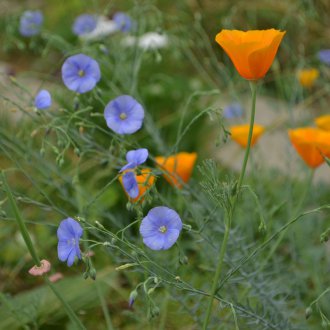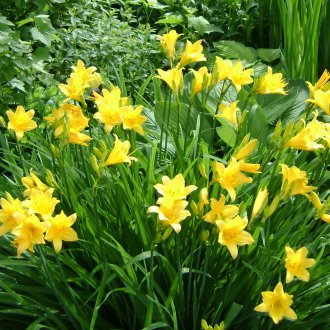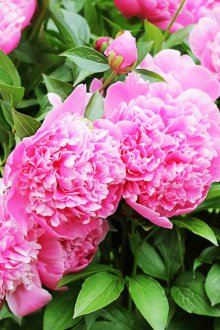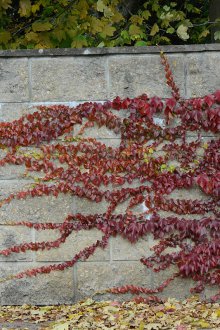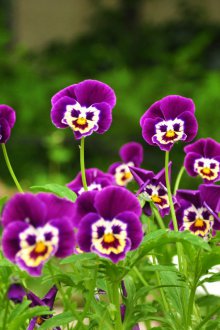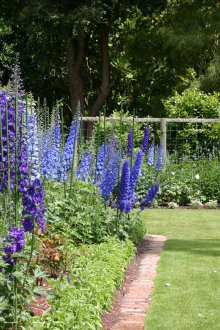Perennial flowers for a summer residence: beauty without unnecessary hassle (25 photos)
Content
This miracle of nature has interested people since time immemorial. It is believed that the ancient Egyptians began to plant them first near their dwellings more than 4000 years ago. In the Middle Ages, their breeding was considered an honorable occupation, and a person who showed disrespect for this work could be severely punished. In the Russian principalities, this type of activity appeared in the 12th – 13th centuries, and in the 16th – 17th centuries terry peonies, lilies, carnations, mallow, violets, irises, daffodils and many other flowers bloomed in the garden of the Moscow Kremlin. We cannot do without them now either. In city squares there are always well-groomed multi-colored flowerbeds, under the windows of each house and in the front gardens of private estates, some gifts of Flora are sure to grow and delight the eye. And what cottage without flowers? Even the busiest summer resident will sooner or later come off from the beds and construction and plant at least some of these amazing plants, looking at which he will certainly be happy. Maybe this is the secret of flowers - to bring us joy? Let's get to know them better, and start right away with a large group - perennial flowers.
Why you should choose perennials for a summer residence
Planting perennial flowers in the country is primarily convenient, because in spring there is always not enough time to plant all the necessary vegetable and berry crops. Perennials are usually planted in the fall, when the gardener is not so busy, but this is not the only advantage of perennial flowers. Significant advantages include the following:
- the opportunity to save on the purchase of seeds or seedlings, since many perennials reproduce by bulbs or dividing the rhizome;
- it is perennials that bloom in spring the very first, when other flowers have not yet blossomed;
- from perennial flowers, you can make the basis of the flowerbed, and each year plant different annual crops. Thus, a flowerbed will look different every year;
- from perennials that bloom at different times, you can make a flower garden that will delight flowering throughout the season, but will take very little time.
Some perennials grow over time so much that they resemble shrubs or low trees. These include some varieties of hydrangeas, septembers, spray roses and many others.
Features of growing perennial flowers
Most perennial flowers winter without any problems in the ground, but some require additional conditions for wintering. So, gladioli should be dug up for the winter and stored in a cellar or refrigerator, and the bulbs of tulips and daffodils should be covered with mice from the muzzle. You can not use straw for shelter - mice are guaranteed to get into it. Also, primrose need shelter from mice, since the mice gnaw out juicy sprouts in the middle of a floral outlet.
The area on which the bulb crops were planted in the winter should not be flooded in the spring with meltwater, otherwise the bulbs will get wet and die.
Varietal panicled phloxes can freeze out in severe low-snowy winters, so at the end of autumn it is advisable to cover them with a layer of leaf litter or spruce branches.You can also cover frost-resistant crops, for example, if you have acquired a rare expensive variety and are not sure that it will winter well.
The general rules for dry shelter of plants for the winter are as follows: in late autumn, when it already freezes at night, and warm sunny weather still remains during the day, the plant is covered with a loose, dry substrate. They can be rotted compost, leaf litter, sawdust, spruce branches and even plain garden soil. After the onset of a stable temperature minus, the wintering bush can be covered with a film and cut branches. In the spring, it is necessary to remove the film as early as possible and scoop up the shelter so that the plant does not vomit.
When planting perennials on a flower bed, follow a certain order: the highest plants should grow in the center, and lower ones can be planted closer to the edges. Plants should also be combined in color and flowering time.
Tall perennials for gardening
Tall plants are usually planted near the fence, against the wall of the house or in the center of the flower bed. Shade-tolerant can be planted under trees or between them.
To design the middle of the flower garden, such tall plants as:
- Delphinium. Popular names - spur or larkspur. He is honored by summer residents for a powerful peduncle, strewn with small flowers of the brightest and most delicate shades - pink, blue, lilac, white, deep blue. Some varieties reach a height of 2 meters. Belongs to the family of buttercups. Without transplantation, it can grow in one place up to 10 years. It is necessary to water under the root, since excessive humidity can lead to powdery mildew disease. It is not difficult to cure this disease - you need to reduce watering, cut diseased leaves and treat the plant with any fungicide, for example, Bordeaux liquid. Delphinium is transplanted in the spring by dividing rhizomes, cuttings or seeds.
- Buzulnik. This plant has beautiful leaves and flowers that look like bright yellow candles. It reaches two meters in height, which allows them to decorate a fence or wall. Buzulnik grows better in partial shade, in loose moist soil. A great place for him would be a shady corner near the pond. The plant is transplanted by dividing the rhizome in spring or by seed. Buzulnik looks beautiful next to hosts, lilies, snake highlander. Its large patterned leaves are favorably set off by blooming tulips and primroses.
- Digitalis. Its other name is digitalis. Belongs to the plantain family. It grows in one, two or many years of culture. Peduncles form tall candles of gentle light shades. Digitalis blooms all summer; in the fall, box fruits with small seeds ripen. The plant contains toxic substances.
- Lubaznik (meadowsweet). Blooms in early summer with lush tassels of fragrant light yellow flowers. He likes moist places without stagnation of groundwater. Unpretentious, but for heavy clay soils you need to add sand. Propagated by division of the bush, seeds and parts of rhizomes in the spring or before winter.
Lupins are suitable for planting under trees. They are unpretentious, have a long flowering period and enrich the soil with nitrogen.
Medium-sized perennials
This large group includes plants with a height of 40 to 80 cm. This size allows them to design the middle part of the flower beds, rabatok, to use both for group and for single plantings. Medium-sized flowers include:
- Yarrow. A beautiful medicinal plant that blooms from August to October with baskets of white, yellow, pink. Propagated by division of the rhizome.
- Pion. This well-known and beloved by many gardeners, the plant also belongs to the medicinal. Blooms in early summer with lush fragrant caps of white, pink or cherry color. It is unpretentious, but it responds to watering and fertilizers by an increase in inflorescences and rich openwork foliage. When transplanting, peonies cannot be deepened, the growth point must remain on the surface of the earth. Otherwise, they will bloom poorly.
- Day-lily.This vast group of bulbs includes many varieties that differ in color, height, flowering time. Most of them have a pleasant aroma. They bloom better in the bright sun.
- Rhodiola rosea (golden root). Because of its beneficial properties, it is grown everywhere. The broken stalk emits the smell of a rose, hence its name. Blooms loose golden thyroid inflorescences. There are red varieties. Undemanding to lighting, but prefers plentiful watering. Propagated by seed and division of the root. For winter, seedlings are mulched with peat or compost. The golden root has a lot of useful properties: improves heart function, normalizes blood pressure and blood sugar level, calms, has beneficial effects on male and female health, improves thyroid activity.
To obtain not only a healing root, but also seeds, Rhodiola should be propagated by seeds, and not by division of the rhizome.
The medium-sized group of perennial flowers is a champion in the content of medicinal plants. Of these, it is quite possible to form a pharmacy garden and maintain health through proven methods of traditional medicine.
Undersized perennials
Plants up to 40-50 cm high are considered stunted by gardeners. Usually they serve to decorate the front edge of flower beds. From the composition of low perennials you can make rock gardens and Japanese kindergartens with stones.
- The viola, or pansies - a charming plant symbolizing girlish beauty and tenderness and beloved among summer residents for a huge variety of colors, takes the first place among stunted flowers. It begins to bloom from the end of spring and continues until the end of summer, if the wilted flowers are picked in time. Viola looks great not only on the flowerbed, but also in containers and hanging flower pots.
- Periwinkle. This flower is a champion in survival in a variety of conditions. It can do almost without watering, grow in the shade and continue to delight with dark green foliage and pale blue flowers.
- Anemone (Anemone). This gentle spring beauty feels better in a place protected from wind and drafts. He loves spaciousness, spraying and drained soil. It can be propagated by seeds and vegetatively. A variety of anemones is popular among summer residents - sleep grass or lumbago. Flowers appear before leaves.
- Gentian. This blue or blue mountain bell looks great on alpine slides. The flower loves slight shading and peace.
- Phlox. Among the wide variety of phlox species and varieties there are low perennials that form a continuous carpet of white, lilac or pink flowers. These are awl or sod species. The plant is susceptible to powdery mildew. It is treated with moderate watering under the root and spraying with any fungicide. Dry inflorescences are desirable to remove.
- Gypsophila. Its flowering bush resembles a cloud of snowflakes, although there are pink and purple varieties. The plant is unpretentious, blooms in mid-summer. At the end of the season, repeated flowering is possible. It prefers light neutral soil, grows well on rocky soils. Loves sunny places. For easy wintering, mulching is desirable. Strongly overgrown bushes need to be cut for more magnificent flowering. Easily propagated by cuttings.
- Clove grassy. Unpretentious bushes with thin stems and small flowers from white to dark red. Easily propagated by self-seeding. Summer residents love to plant near-tree circles of trees for her - then the mulching of the soil under the trees is not required and there is no need to look for a separate place for this delicate flower.
- Linen. These soft blue flowers are sung by no less than the queen of flowers - roses. Poets call them the “eyes of Russia”. The plant is unpretentious, cold-resistant and looks good in any flower garden. You can propagate by dividing the bush or seeds - self-sowing.In addition to the usual varieties with blue flowers, there are varieties with red, yellow, white or lilac.
Among undersized perennials there are a lot of ground cover, which allows you to use them both in flower beds and in any other places to create the effect of mulching and protection against weeds.
Curly perennials
These plants are planted next to the support. Curly perennials are great for vertical landscaping.
The arbors, arches, trellises, walls of houses entwined with greenery and flowers look beautiful. In summer, such a flowering curtain will protect from heat and create a secluded atmosphere. Among them, among summer residents are popular:
- Climbing roses. One of the most beautiful climbing plants. It requires care - for the winter, the lashes need to be removed and covered. In addition, roses are susceptible to diseases and pests. In autumn, after leaf fall, the branches should be sprayed with copper sulfate from fungal diseases, cut weak shoots and cover when the temperature drops below 5 degrees. Rosa needs regular feeding, but does not like excessive watering. Of the pests, it is damaged by aphids and spider mites.
- Ivy. This liana grows rapidly, has almost no illnesses and needs only annual pruning. The plant is loved by summer residents for their unpretentious care, frost resistance, rapid growth and beautiful carved leaves.
- Girl's grape. Another climbing plant, widespread throughout Russia. It has openwork shiny dark green leaves that turn purple-red in the fall. Also needs regular pruning.
- Actinidia. This plant belongs to the dioecious vines of the same family. Gardeners are valued for beautiful foliage and delicious wholesome berries. In our country, colomict actinidia is common - frost-resistant liana up to 10 meters long. In July, it pleases with fragrant flowers, and in September, the fruits ripen on it. Actinidia berries have great benefits: they contain a large amount of vitamin C and many essential trace elements, treat scurvy, hypertension, weakness and dizziness.
Curly perennials look the most spectacular of all ornamental plants, and some of them are also a valuable food crop. The world of decorative perennials is huge, and more importantly - very beautiful. From all this diversity it is not difficult to choose some of the most interesting plants that will bloom and bring joy for many years.

